The year is 2030. Anthony Albanese won the 2022 election and formed the federal government with the support of a strong cross bench. Penny Wong moved to the lower house and is now Australia’s second female prime minister.
Europe has effectively run out of clean energy and Russia set the gas wells alight in its last act of destruction. The Antarctic Thwaites Glacier is shrinking quickly and sea levels are on the rise, gaining another 10cm in a decade.
Australia has tripled its solar and power in the last eight years and we need to triple that again in the next 10 just to meet the domestic electricity needs. A mega 40 to 50 GW renewable energy and green hydrogen plant is being proposed for Darwin and it needs to be built yesterday, Scott Hamilton posits.
In this hypothetical future Simon Holmes á Court, founder of Climate200 among a long list of other credentials, is head of the Business Council of Australia. Author and columnist Jane Caro, having been elected to the Senate in 2022, has become the federal environment minister while executive director of Original Power, Karrina Nolan, is the minister for environment and aboriginal affairs for the Northern Territory. University of New South Wales Professor, Iain MacGill, is Australia’s chief scientist and the Australia Institute thinktank’s chief economist, Richard Denniss, is now Secretary to the Treasury.
Geopolitics in 2030
Geopolitically much has changed in the world this decade, says Professor MacGill. “By 2030 we know that far more people are involved in dog grooming than working in gas,” MacGill said, and yes, that is a prediction, he added.
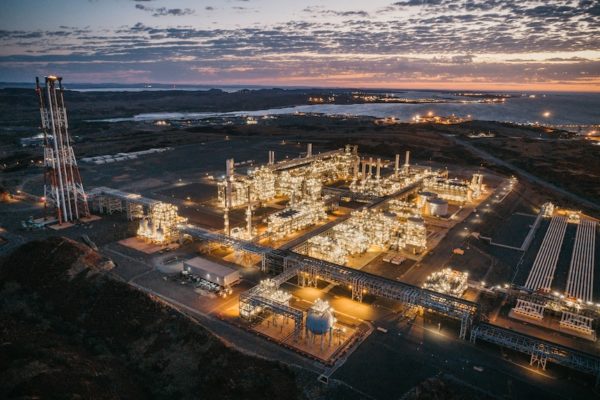
Woodside
“Because the gas industry paid virtually no tax, the move away from gas had very little impact on the Australian Commonwealth budget and the lack of spending $11 billion a year subsidising the fossil fuel industry meant that investment in renewable energy went far quicker than anyone realised.
“Without the burden of the fossil fuel industry and its endless demands for free insurance, free water, free roads, and free infrastructure – without that burden we found that we could actually, thanks to Russia and the rest of the world, that we could move away from fossil fuels a lot quicker than we thought we would.”
In fact, Australia barely noticed Russia switching off the gas, our economy growing with our population. Meanwhile, Mike Cannon-Brooks moved our biggest polluter, gentailer AGL, to clean energy after taking over the company some years before. Petrostates, on the other hand, have not faired so well, losing both power and money.
“One of the biggest things that happened in the mid 2020s was that country’s which could not commit to rapidly moving away from fossil fuels were simply kicked out of most of the [international] forums,” MacGill said. “And Australia, terrified of being isolated because it’s always been a bit insecure, chose to action siding with Europe and North America at that time.”
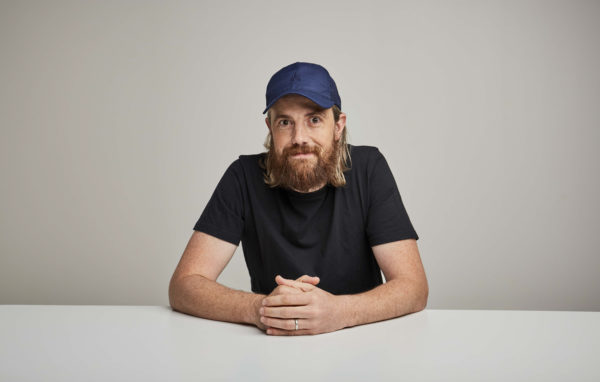
Image: Atlassian
Hydrogen superpower status attained
In these “exhilarating and exhausting” eight years, Australia has become the hydrogen super power the Australian Energy Market Operator (AEMO) fancied, MacGill said. While electrification remained far more important than hydrogen within Australia, the country managed to capitalise on our unusually bountiful sun and wind, turning them into hydrogen which grew into a huge international feedstock market.
“Is [hydrogen] being piped into our homes to run our stoves? I don’t think so. Is it private fuel cell cars tootling around our cities? I don’t think so, but there are some critical roles it’s playing and prices have come down.”
And as for Australia’s stretch goal of H2 for $2? “What happened after 2021 is that we had a growing appreciation that setting a price target for green hydrogen and ‘clean hydrogen’ to directly compete with fossil fuels which don’t pay for the damage they do is the wrong way to frame the question,” MacGill said.
“It’s a bit like saying ‘how do I compete against child labour?’”
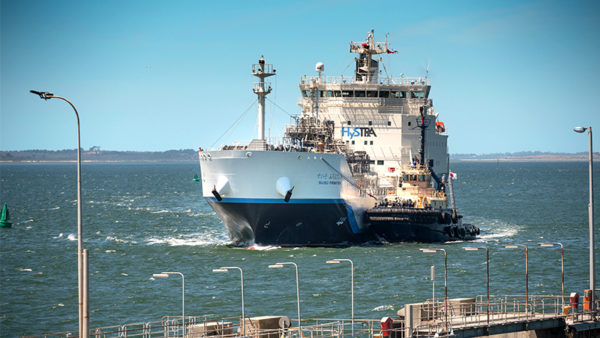
Image: HySTRA
Green metals are now being exported
But as the world moved away from fossil fuels, they became very cheap with people desperately looking to sell them. Thankfully, international leaders finally began to appreciate that building a world to protect the climate meant nothing less than withdrawing price comparisons with fossil fuels, phew.
To that end, green cred has become imperative on the global stage, with Simon Holmes á Court noting the green steel being negotiated in 2022 came to fruition by 2025 and the first mid-scale plant has been built down in the Illawarra.
The aluminium we’re exporting is now certified as green, “so we’re no longer paying the carbon border adjustments on those exports,” Holmes á Court added.
In terms of electrolysers, Australia found that small electrolysers didn’t really have much of a place, “but we’ve now got seven large export facilities,” Holmes á Court said.
“Five of them are operating in the north west of WA and they’re exporting green ammonia. And Gladstone and Newcastle, which back in the early 2020s were importing ammonia, have managed to reverse the flow.”
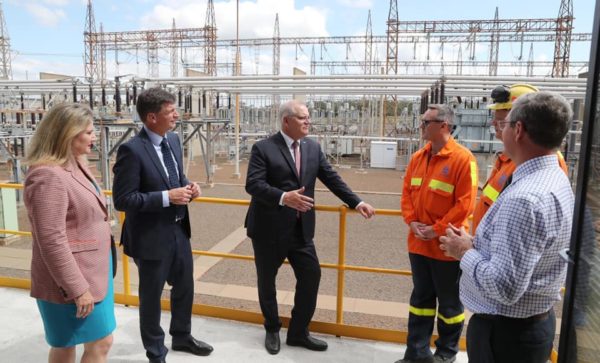
Image: Scott Morrison / Facebook
“That was part of balancing Tomago,” he added, which incorporated electrolysers on its journey to 100% renewables and is now using local ammonia to enable its green aluminium.
We’ve learned lessons about critical minerals, flexibility and storage
“Those things are going in the right direction but we really wish we’d started a little bit earlier with our critical minerals processing. We’re getting smashed for not having markets for getting those minerals out because our refining of them didn’t start early enough,” Holmes á Court said.
What we did figure out is how to make demand match the variability of renewable generation, with industry now using variable pricing to schedule their loads, creating much more flexibility.
The country has also managed to build 17 desalination plants built in last decade, Holmes á Court said, and they are all working on demand and response, so that when wind and sun is up, they are pushing out potable water as fast as they can, and shut down in the lulls.
“So having that variable demand on our desalination plants just like we did with our smelters and hydrogen production, we now have a very integrated, dynamic system that works through markets and we now have as much potable water as industry needs,” he added.
Finally finally finally Snowy 2.0 is up and running and Australia now has at least five batteries the size of the 300 MW Victorian Big Battery.
Transformed by teals
With overhaul the order of the decade, the political landscape has not been overlooked. “We’re pretty disappointed we don’t have universal support for 90% decarbonisation by 2040, but we’ve managed to get the Independent coalition, the largest party in Australia, on board with that and there some remnants of the moderate liberals,” Holmes á Court said.
Independents virtually swept the board in the 2022 election, Jane Caro added, “really changing the face of Australian politics from how it’s been since federation in a way we’ve never seen before.”
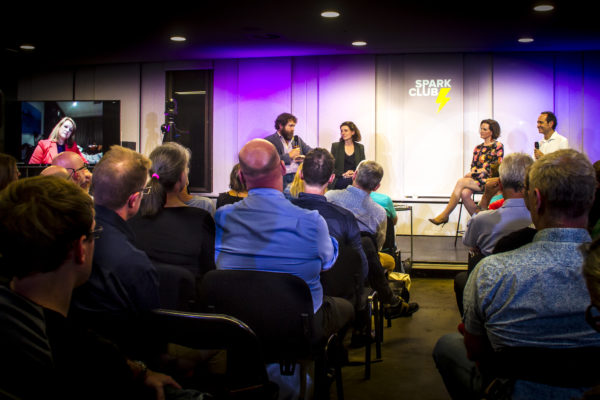
Spark Club
“It led to a rise in the belief amongst those in the community that they could have an influence and that they did have some power,” Caro said. “There was an upsurge in hope following that election – not so much for the Labor party which realised it would have to be dragged kicking and screaming.”
But ultimately Australia and its political parties realised “we don’t have to keep trying to crawl back into the womb of the 1950s,” Caro said.
Lifting the standards of care and housing in Australia has led to a jobs boom, she added, which has also been spurred by making early education and childcare free and universal – allowing huge swaths of women to enter the workforce.
“We have revolutionised our economies and the Independents, with the help of many progressive women on both sides of the political stage, have caused this to happen and oh my god why did we wait so long to do it!”
Jobs, jobs, jobs
While new jobs have also been created, of course, in the renewable sector, skills there are not without their issues. As Australia electrified, growing demand massively, megaprojects have boomed especially in the top end.
In fact, around the same time the last coal-fired power station shut down, about six months ago, Australia finished the TopLink project, a high voltage DC multi-drop connection from Gladstone, through to Mount Isa, Tenant Creek across to Port Headland, Holmes á Court said.
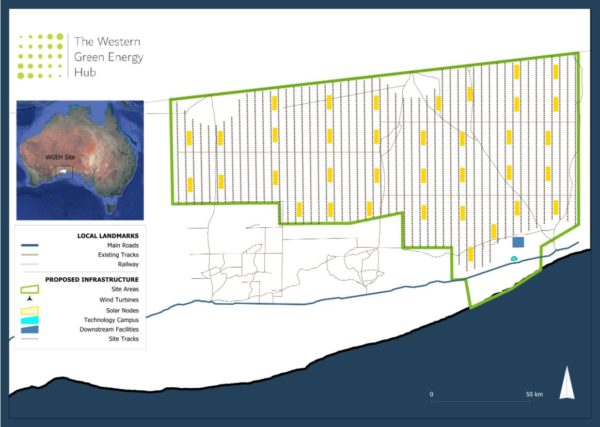
Image: ICE
The project was 5 GW in its first implementation and there’s plan to make it 30 GW. “So extremely exciting project but what we’re seeing is a shift in terms of Australia’s energy from up and down the east coast to massive generation in the north and the economic development zones sucking up all the talent.”
“You cannot get an engineer down in the Illawarra or the Hunter, everyone has gone up north to these megaprojects. So we’re very worried about skills shortages. We didn’t think enough about how quickly all the talent would be sucked up to the top end,” he added.
This content is protected by copyright and may not be reused. If you want to cooperate with us and would like to reuse some of our content, please contact: editors@pv-magazine.com.
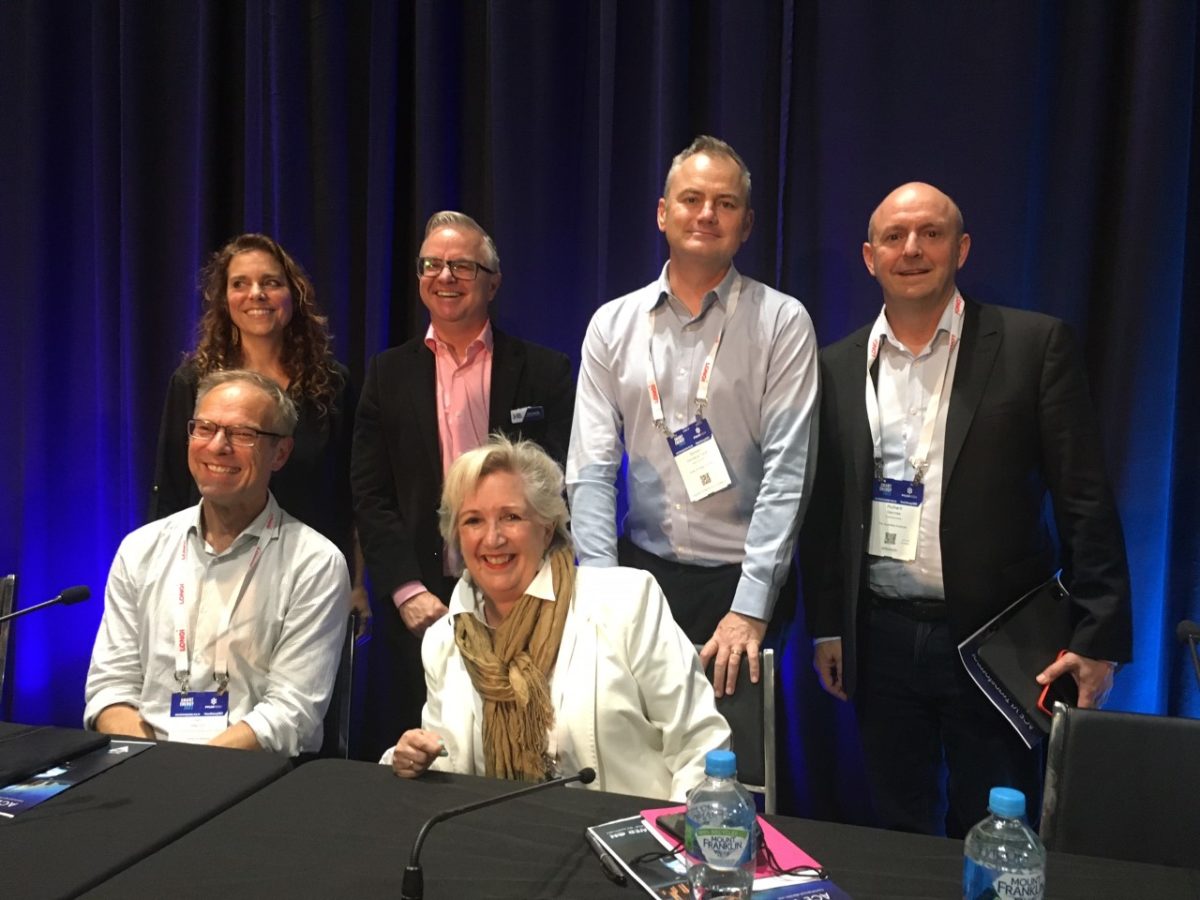








This is a dystopic scenario borne from the fertile imagination of the panellists. Whilst the climate change predictions are probably correct, the scenario ignores the similarly fertile imagination of the people tasked with finding solutions. Adaptation to climate change will be the key, but there will be no place for corrupt governments. Diverting funds from large scale projects into personal bank accounts will cost lives.